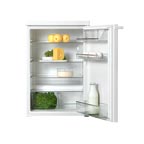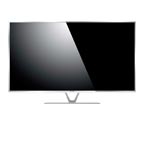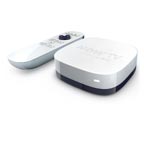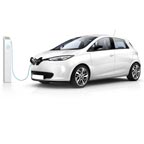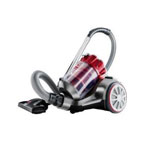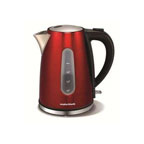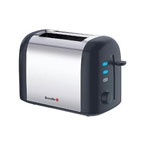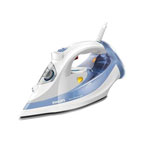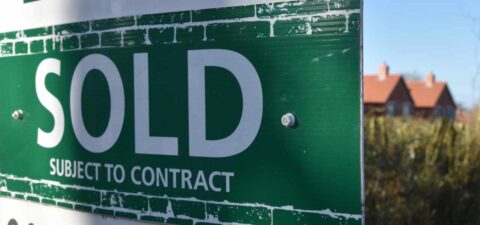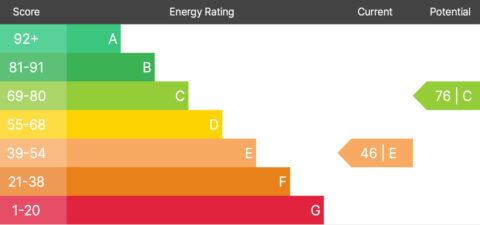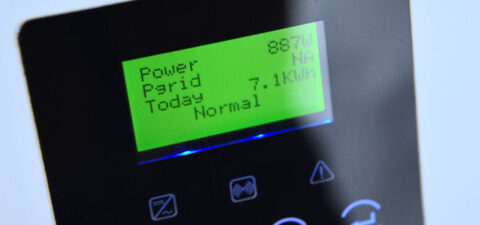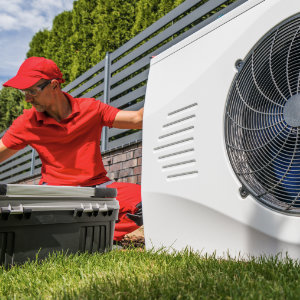Will installing Halogen lights save me money?
Halogen lightbulbs are more efficient than incandescent lightbulbs on a like for like basis. However, in most situations, more halogen bulbs tend to be used. The reasons for this include design fashions (placing lights at regular intervals along a wall or ceiling), and the directionality of the light produced. The overall energy consumption can therefore be greater, even though a typical halogen bulb might have a maximum of 40 watts power used, compared to a 60 or 100 watt incandescent. Where halogen lights have been used instead of, or to replace fluorescent lighting, the occupants may be wondering why their electricity bill is so high!
Halogen bulbs tend to come in two types. There are the low voltage (but not low energy!) bulbs recessed into ceilings (as 'down-lighters') and walls. These are usually MR16 bulbs. There is a transformer hidden somewhere, stepping down from mains 230 voltage to the 12 volts of the bulbs, which are 'reflectors', giving directional light. Energy efficient replacements have been a challenge to find, but there are LED bulbs available from many retailers.
There are also halogen bulbs which are put in open mounts. The commonest of these are GU10 mounts, i.e. those found in kitchens, on light features projecting from ceilings. These lighting arrangements have become fashionable in recent years. Such lighting features are particularly inappropriate in kitchens, where you can find yourself using sharp knives and handling hot dishes while working in your own shadow, and uncomfortable heat on the back of your head. It is possible to get compact-fluorescent ('low energy') bulbs to replace these, and the less directional nature of the light is helpful. There are also LED replacements now available from online shops.
There are some desk lamps that take GU10-mount or other halogen bulbs.
There are 'energy saving' halogen bulbs on the market, which claim they save about 20%.
Halogen bulbs typically have a 1500 hour (around a year) life, only a fraction of the life of a compact fluorescent bulb (typical of 6 years or 10000 hours). LED bulbs last 15 to 25 years (25000+ hours).
Recessed halogen lights (and recessed incandescent reflector bulbs) in the ceilings of the top storeys (floors) of homes can cause problems with installing insulation, so make sure that you put one of the purposely-designed fire-proof cylindrically shaped protectors around them when putting in loft insulation. Or install LED replacements.
See the most energy efficient...
← SWIPE →





